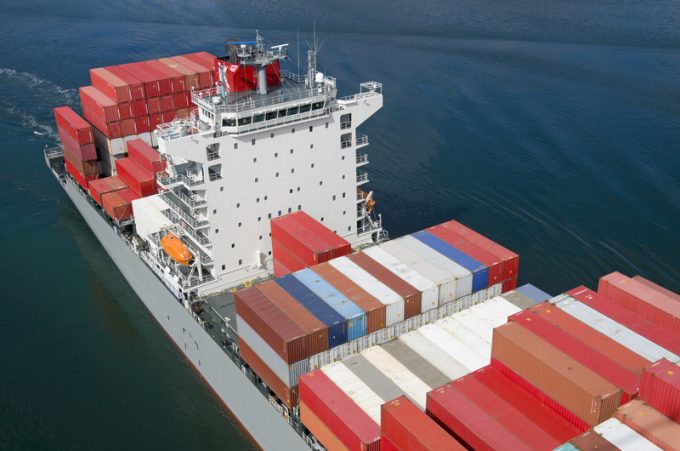Strong secondhand box ship market now threatened by overcapacity
Unexpectedly strong demand for container shipping and healthy freight rates for much of last year ...

Containership time-charter markets have, with few exceptions, experienced a rollercoaster ride since the start of 2020.
After a generally weak start to the year for feeder vessels and a continuation of 2019’s strong markets for mid-size and larger units, the onset of lockdowns drove a correction in vessel earnings.
Since then, however, time-charter markets have roared back into life, and vessel earnings for key benchmarks have risen at least as fast, if not faster than they fell earlier in the year.
Starting with ...
Volcanic disruption at Anchorage could hit transpacific airfreight operations
Macron calls for ‘suspension’ – CMA CGM's $20bn US investment in doubt
Forwarders stay cool as US 'liberation day' tariffs threaten 'global trade war'
Shippers snap up airfreight capacity to US ahead of tariff deadline
De minimis exemption on shipments from China to the US will end in May
Tighter EU import requirements proving 'a challenge' for forwarders
Looming Trump tariffs will create 'a bureaucratic monster' for Customs

Comment on this article